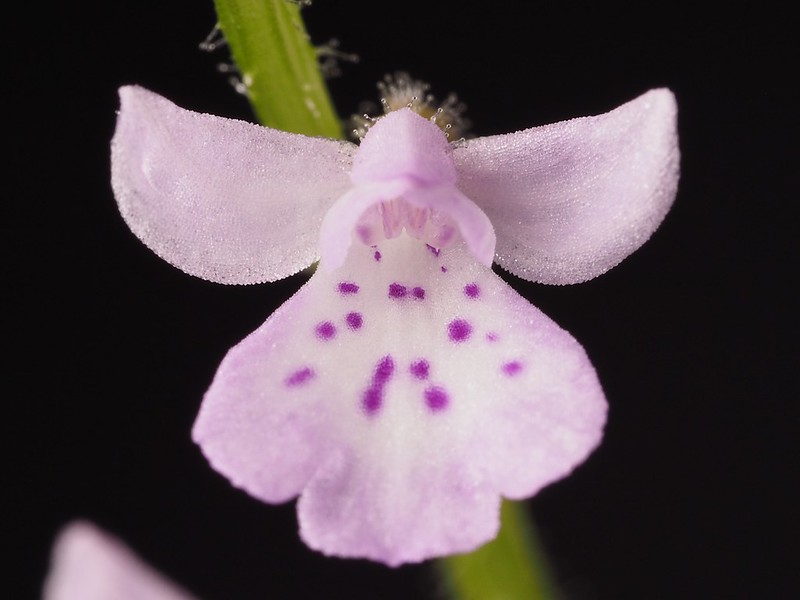
Happy New Year to all!
There were lots of positive aspects of my 2015, but I can't say that it was my best year for me in many aspects. With orchids, I became obsessed with getting rid of the bush snails (hopefully I can write about what I learned from reviewing snail literatures some day). I tried bunch of chemicals, and there were quite a bit of casualties (Phalaenopsis species were most influenced by this). I'm guessing that it was probably less harmful if I didn't declare the war against those tough guys. Oh well. I'm hoping that 2016 will be a better year. Indeed, there are quite a few interesting orchids (to me) which are starting to grow or flower now.
This one is imported as Cynorkis lilacina from Malala via Botanica Ltd. in July 2015. But after talking to two knowledgeable friends, it appears to be miss-identified. They both suggested that it could be C. baronii. By looking at photos, there is also some similarity to Cynorkis constellata (link to a herbarium specimen showing the leaf shape and the length of inflorescence which resembles to mine). This page has a little bit of info about C. constellata (Google Translate link). After a bit more investigation, I started to think that my freinds are right; it is more likely to be C. baronii. C. constellata is usually smaller than my plant, and it is endemic to Réunion. My friend told me that Malala usually doesn't do rescue from Réunion. On the other hand C. baronii is fairly common species from Madagascar. There aren't much information I can find about Cynorkis in general. I appreciate if anyone has an opinion about the ID. Update (Oct 22, 2016): I contacted Johan Herman, an expert of orchids of Madagascar and one of the authors of Field Guide to the Orchids of Madagascar. By looking at my photos, Johan is pretty sure this is C. baronii. Thank you very much, Johan! He has been amazingly helpful!
Because of the change from Southern to Northern hemisphere, I guess that it flowered in out-of-season. It will be interesting how it will acclimate to the seasonal slip in this year. My grow environment is fairly isolated from the outside since I grow them in the grow tent with 100% artificial light. The temperature does change a little bit between summer and winter, though. This is my first Cynorkis, so I might simply kill it soon.
This is the original condition of the tuber right after the arrival (July 10, 2015). I potted the tuber to small (regular) perlite:fine mulch bark:Epsoma Organic Cactus Mix=2:1:1, and watered occasionally (didn't get dried out completely) for 2 months.

Around Sept 1, 2015, it started to shoot up leaves, and flowered in the middle of December. I'm keeping it cool end of intermediate (min/max temperature is around 55/70F now). It's getting watered every 5 days or so. The light is fairly weak (Phalaenopsis level).
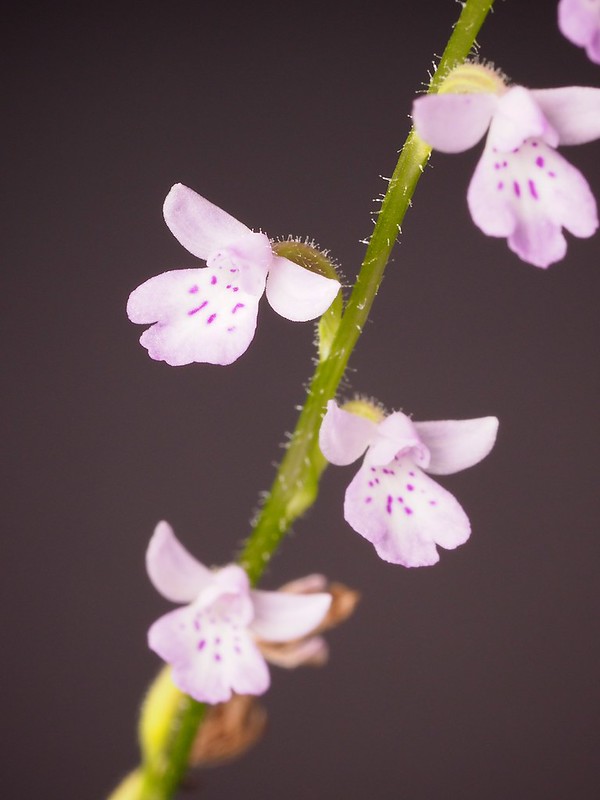
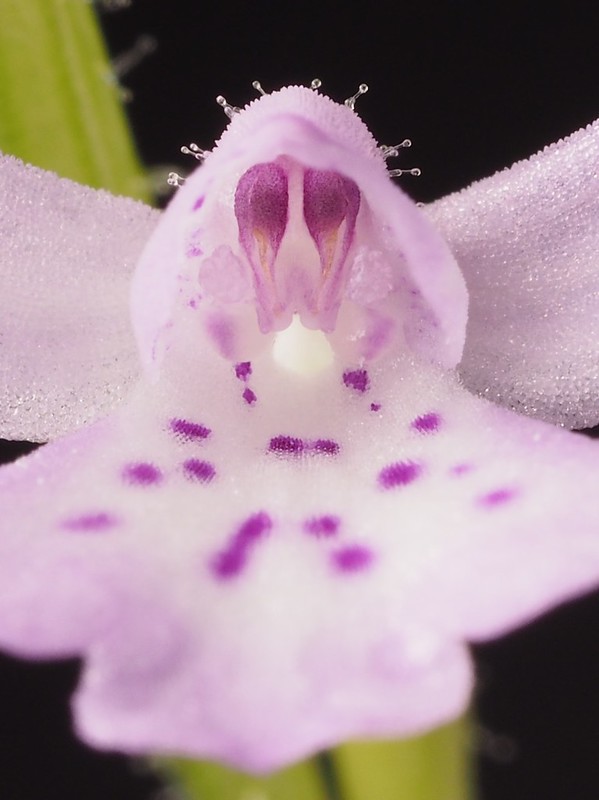
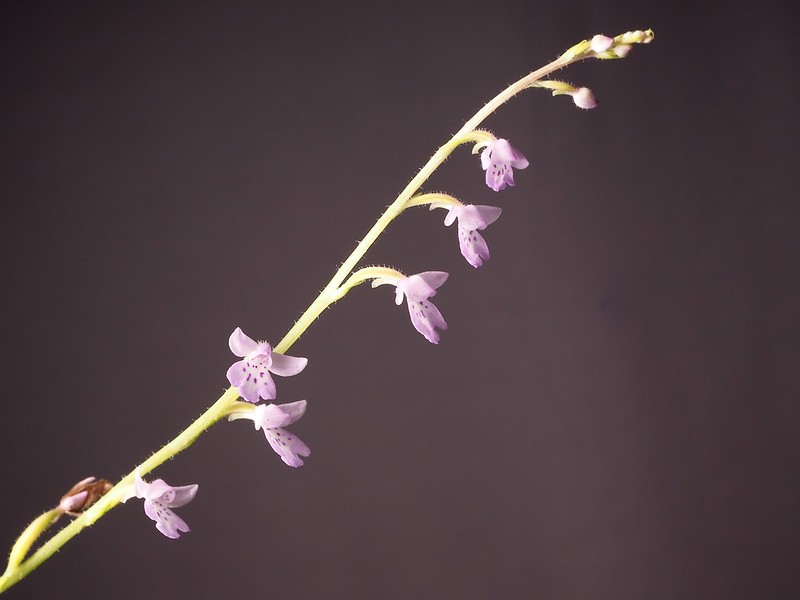

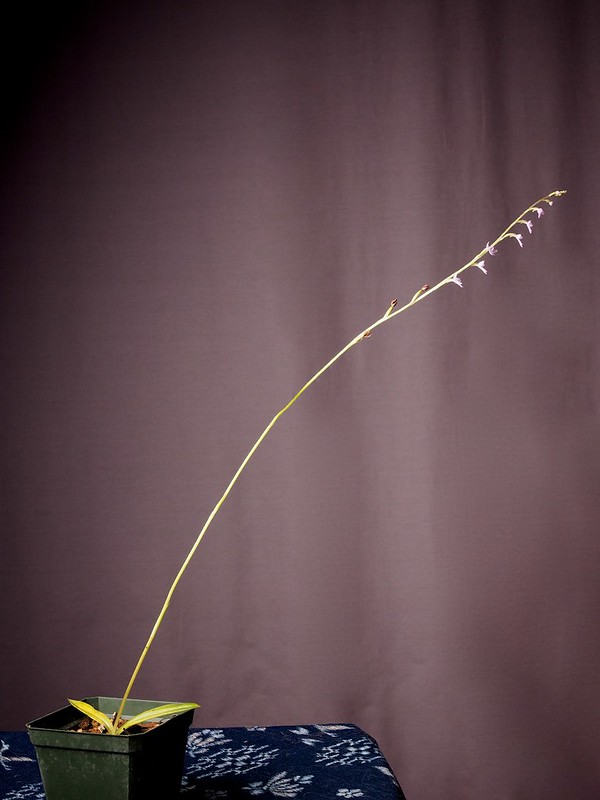
Flower dissection photos (click the photos to enlarge). The green ruler is metric (the smallest increment is 1mm).
The right petal and sepal are showing the back (abaxial) surface of the flower (i.e. toward the ovary). The left petal, sepal and the dorsal sepal are showing the front (adaxial) surface. The 2 petals and the dorsal sepal forms the hood like structure, and the lateral sepals corresponds to the "wing" of the flower. Note that the back side of the petal show purple dots.
Looking at the lip from the bottom (abaxial) side.
Lip and pollinia.
October 4, 2016 Update:
The photo of the whole plant from January 1, 2016 shows that a couple flowers at the bottom of the inflorescence was starting to set fruits. Indeed, this species appear to be able to self-fertilize autonomously (without an aid of pollinators). The maturation of fruits was extremely fast, and I harvested the fruits around February 5, 2016. The leaves died back in the spring sometime (I forgot to record it), and rested until fall. I kept it watered once a week or so. Then new leaves started to grow in September, 2016. I repotted in Oct 4, 2016, and I found that there were two tubers produced (left and middle in the photo below).
 |
| Cynorkis baronii starring to grow from the tubers. Left and middle: tubers produced from the original plant. Right: seedling from the seeds produced in June/July 2016. |
So it hasn't shifted from the southern hemisphere to northern hemispher season yet in the 2nd growing year.
Sept 18, 2017 update:
The offspring which was produced from self-fertilization in 2016 flowered! I'm calling the original plant 'NT1', and the offspring 'NT2'. The parent, 'NT1', is also going to flower soon. So one generation (from flower to flower) of this species is about 2 years (1 year and 9 month). Marni Turkel told me that some Cynorkis can mature rapidly. I guess this species is one of them.
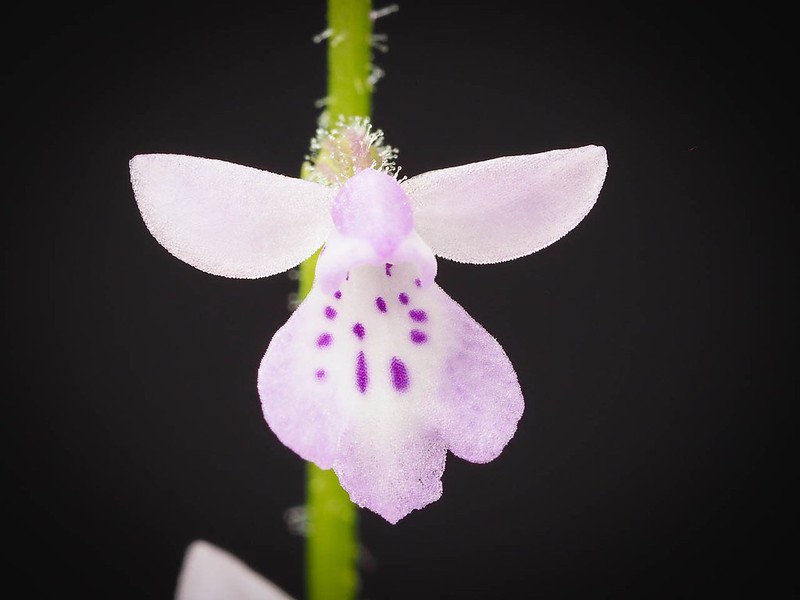
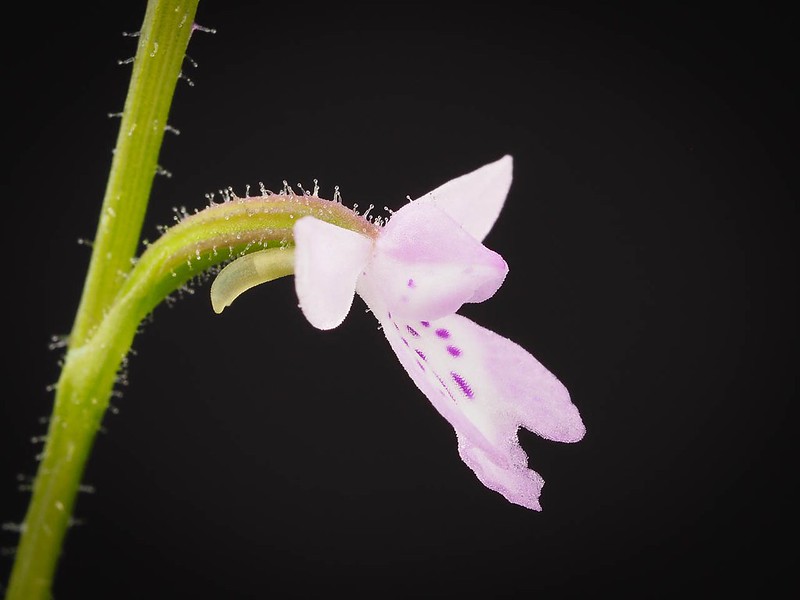

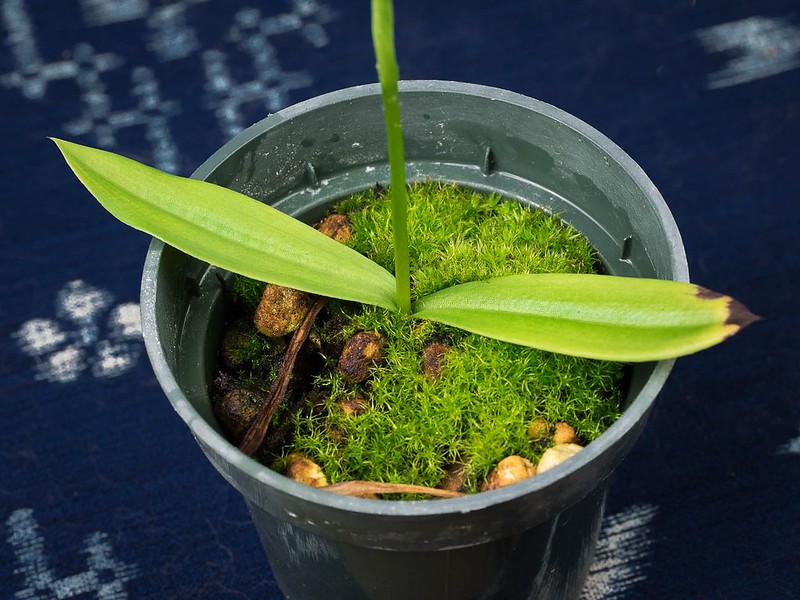
References:
Cribb, P. and J. Hermans, 2009. Field Guide to the Orchids of Madagascar, Kew Publishing, UK.




Bonjour Naoki,
ReplyDeletebonne année 2016 !
Les fleurs de ce C. lilacina que vous montrer ne son pas ressemblantes à l’espèce type du C. lilacina (l'éperon est trop court et la fleur a un labelle fortement trilobé et les pétales et les sépales son vers l’arrière)
Pour le livre je peu vous en vendre un exemplaire sans problème, (le port est de 51€ + le livre 55 € = 106€) et vous y trouverez le Cynorkis constellata comme vous le prétendez. De plus cette espèce est particulière "elle appartient pour l'instant" a l'ile de la Réunion ! (endémique de l'ile)
vous devriez faire une photo de la base de l'éperon et vous apercevoir que cet éperon est "plus ou moins" aplatie et diviser ! ceci n'est pas forcément sur toute les fleurs mais vous devriez le voir !
voici quelques informations IMPORTANTES l'herbier MNHN (syntype de C. lilacina)
voici aussi les 2 pages qui représentent le C. constellata dans mon livre, ci-joint les textes F/A
voici par la même occasion un herbier de J. Bosser du C. constellata de la Réunion.
Amicalement,
Patrice Bernet